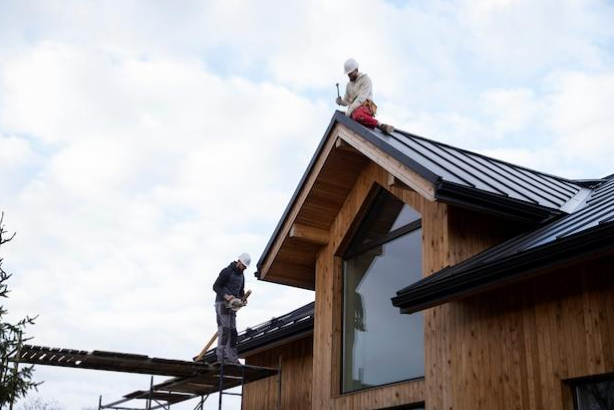A home roof inspection report is a significant document that offers a comprehensive evaluation of the roof’s condition. Homeowners must be aware of some key components of these reports, how vital regular inspections are, and what to look for when reviewing the findings.
Delve into this detailed guide right now to get valuable insights.
Key Components of a Roof Inspection Report
First of all, take a look at what components a roof inspection report covers.
1. Visual Assessment
One of the most essential components is a detail-oriented visual evaluation of the home roof. Professional roof inspectors note all visible defects, such as missing shingles, leaks, and signs of wear or damage.
2. Material Condition
Next, roof inspectors will check for the condition of roofing materials, such as asphalt shingles, tiles, metal, or membrane systems. They discuss the long-term durability and lifespan of these materials in the roof report.
3. Structural Integrity
This section revolves around the roof’s structural components. Some of them are rafters, trusses, and decking. They ensure that the structure is sound and able to support your home’s roof.
4. Flashing Inspection
Another essential aspect of a home roof inspection report is flashing, which prevents water intrusion around roof penetrations, vents, and chimneys. In the roof report, the professional inspectors detail the condition of the flashing and any needed repairs.
5. Drainage and Gutter Systems
When it comes to extending the life of a home roof, proper drainage is paramount. The report sheds light on the effectiveness of gutters and downspouts. Other critical aspects that inspectors focus on are blockages or damage.
6. Mold and Mildew Check
Any signs of mold or mildew can indicate moisture issues that might lead to serious damage if left unaddressed. The expert roof inspectors check for mold and mildew buildup on the roof to get it treated later on.
7. Photos and Diagrams
Be mindful that many inspection reports include photographs and diagrams that will help illustrate the findings. By reviewing this report, homeowners can get a clearer understanding of specific areas of concern.
What Makes Regular Roof Inspections Essential?
Check out some major reasons that will compel you to consider investing in your home’s roof inspection on a frequent basis.
Prevention of Major Repairs
Frequent inspections can help figure out minor issues before they lead to costly repairs, which will preserve your investment.
Insurance Requirements
Several insurance firms may necessitate a roof inspection report at first. Then, they issue or renew a policy, especially if your home’s roof is older.
Enhancing Home Value
If you obtain a well-maintained roof, you will have a unique selling point for prospective buyers. This will ensure that your home’s roof is in top shape, boosting your overall property value.
Here’s How to Review Your Roof Report
Now it’s time to put focus on what’s inside the roof report. Wondering how? Discover three essential tips that you must follow.
Consult with the Inspector – If you don’t understand any terms and findings of your home’s roof report, it’s best to consult the professional inspector for clarification.
Prioritize Repairs – Be all ears to what the report says about urgent repairs required. In addition, the report also highlights issues that can wait. Knowing both will allow you to prioritize your action plan accordingly.
Document Any Changes – Keeping a record of the roof report and noting any repairs or work done as a result is mandatory. This all-inclusive documentation will also assist in future inspections and for any potential sale.


